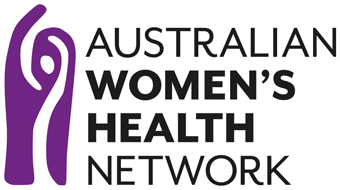Paid Work and Women’s Health
Publisher: Australian Longitudinal Study of Women’s Health, 2005
Status – Current
The Australian Longitudinal Study on Women’s Health (ALSWH) regularly collects information about how women use their time, including the amount of time spent in paid and unpaid work and leisure, and relates this to health and well-being. As research has repeatedly shown, Australian women of all ages are spending more time in the paid workforce, but still take the main responsibility for the unpaid care of their families, whatever their paid employment commitments. Despite this, ALSWH data show that, at least in middle age, women with paid work are in better health than those without, but the desirable amount of paid work varies depending on women’s other responsibilities.

